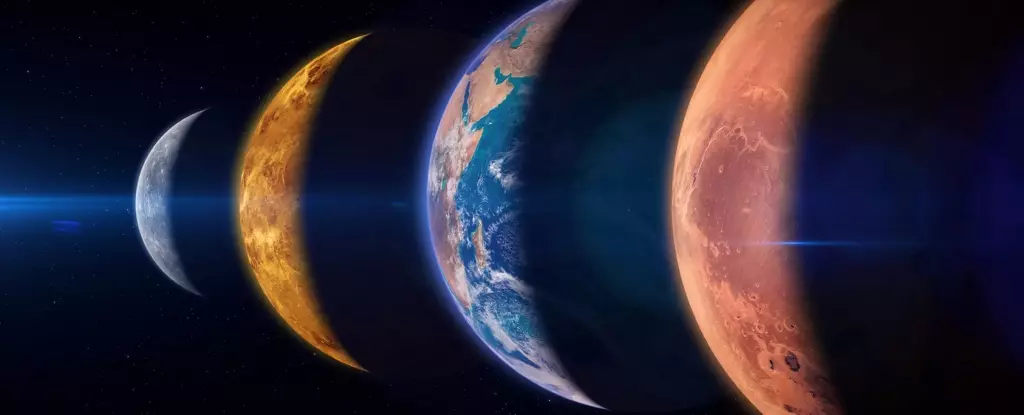An extraordinary cosmic event is set to captivate astronomy enthusiasts and stargazers alike on the evening of February 28, 2025. On this enchanting night, a rare alignment of all seven planets in our Solar System—Mercury, Venus, Mars, Jupiter, Saturn, Uranus, and Neptune—will grace the night sky in a stunning display. This rare phenomenon, known as a great planetary alignment, offers an exceptional opportunity for observers to witness the planets in a harmonious arrangement, bound to elicit awe and wonder from those fortunate enough to witness it.
Alignments of celestial bodies have long been a source of fascination, and while we often hear about a few planets appearing together, the conjunction of all seven within a single evening is rare. In cosmic terms, alignments involving five or six planets happen more frequently, but a full alignment involving all seven planets is a spectacle seldom seen. Each of these celestial bodies will be visible simultaneously, marking a significant event for anyone interested in astronomy.
While we might expect planetary alignments to occur in perfectly straight lines, the reality is somewhat messier due to the complexities of celestial mechanics. The planets of our Solar System orbit the Sun on a plane known as the ecliptic, which is akin to a flat disc. Although each planet’s orbit may not perfectly coincide with this plane, they tend to move relative to one another in ways that sometimes allow for visible alignments.
The planets form from the remnants of the protoplanetary disk that surrounds a young star during its formation. As this stellar nursery develops, the remnants of dust and gas flatten into a disc-like shape. Under the influence of gravity, the material coalesces into the planets we know today, perpetually following their respective orbits. The rare alignments we witness occur when these planets find themselves on the same side of the Sun due to their individual orbital speeds and paths.
To fully appreciate this forthcoming spectacle, observers must first determine the best time and location for viewing the alignment. Factors such as geographic location and local weather conditions will ultimately dictate visibility. Various tools are available to assist in planning the perfect stargazing experience. One such tool is Time and Date’s interactive application, which allows users to input their location and receive details about when each planet will rise and set, along with their positions in the sky.
Other useful tools include Stellarium, a web-based application that models the night sky in real-time, mapping the planetary positions for the date of the alignment. Additionally, the Sky Tonight app utilizes smartphone sensors to help users identify celestial objects in their immediate vicinity, providing an interactive experience that enhances the enjoyment of gazing at the cosmos.
To ensure a successful viewing of the planetary alignment, some form of optical aid, such as binoculars or a telescope, will greatly enhance the experience. Even though some planets may be visible to the naked eye, utilizing equipment will reveal their textures and colors, ensuring a richer celestial experience.
This upcoming great planetary alignment not only serves as a visual feast for onlookers but also invites a deeper appreciation of our place in the universe. Events like this remind us of the grandeur of the cosmos, the intricate dance of celestial mechanics, and humanity’s continuing quest for knowledge about the Universe. Stargazing can be a communal activity, and this rare opportunity provides a perfect occasion to gather friends, family, or fellow enthusiasts to share the experience.
As you prepare for this celestial alignment, consider gathering the necessary materials, studying the best viewing techniques, and indulging in conversations about our Solar System’s wonders with fellow enthusiasts. Pegasus may emerge from the shadows, the Pleiades star cluster twinkle, and the planets—each a cosmic tourist in the vast expanse of space—will take center stage.
So, mark your calendars and ready your telescopes for the night of February 28, 2025, as the Solar System presents an awe-inspiring alignment of its planets. Whether you’re a seasoned astronomer or simply someone who enjoys gazing at the night sky, this event is not to be missed.

